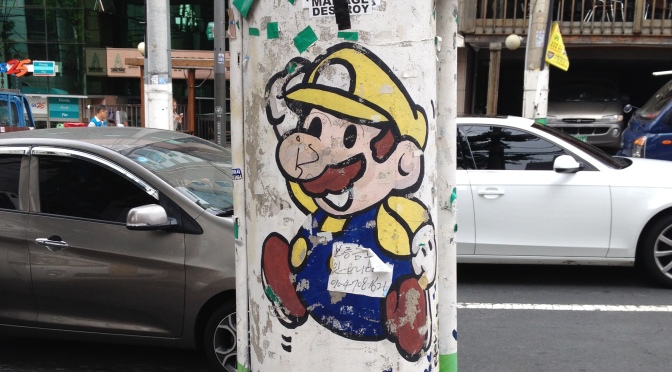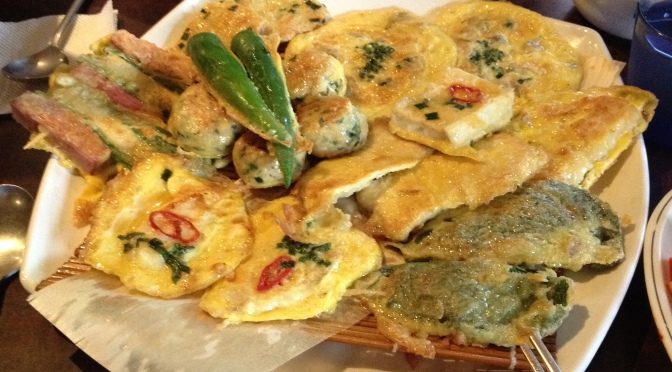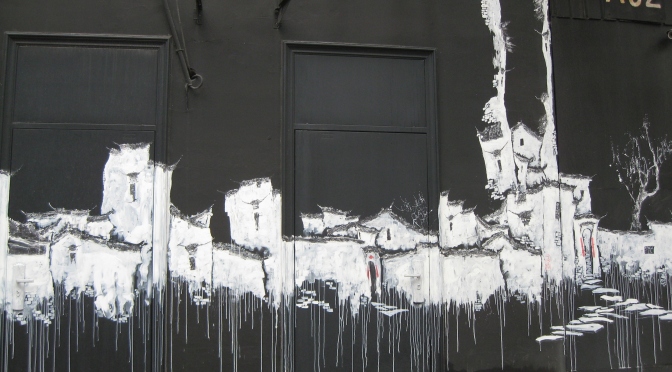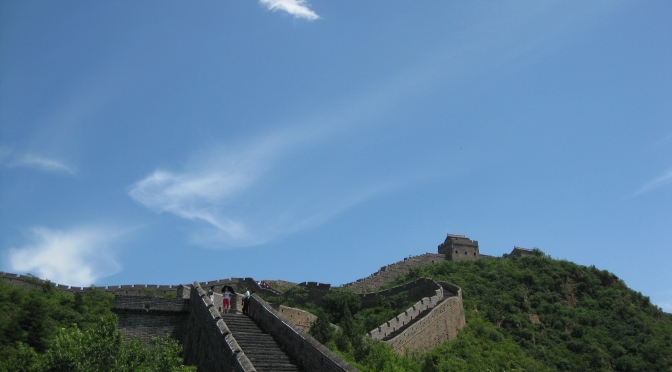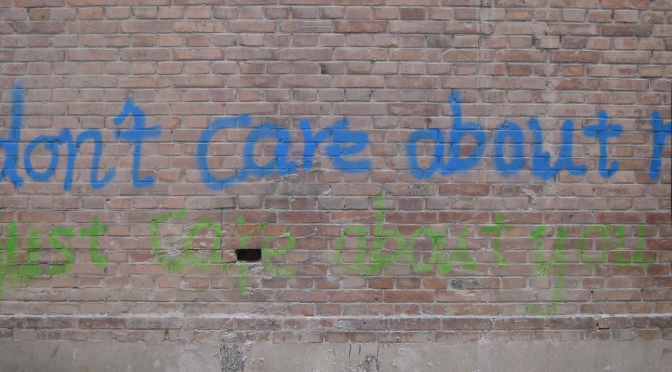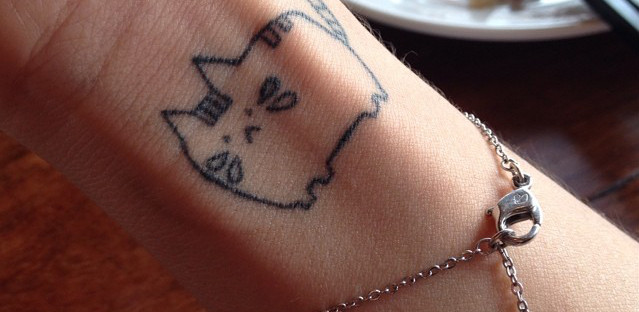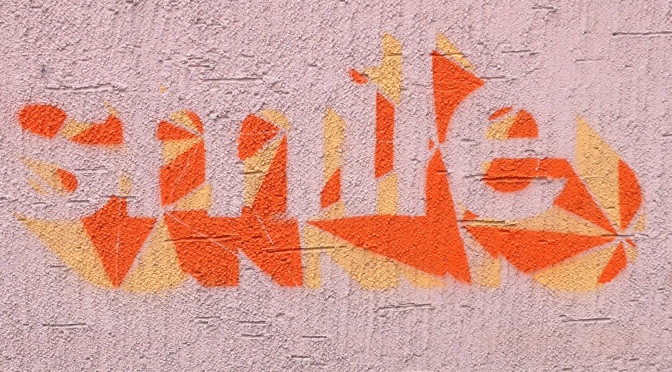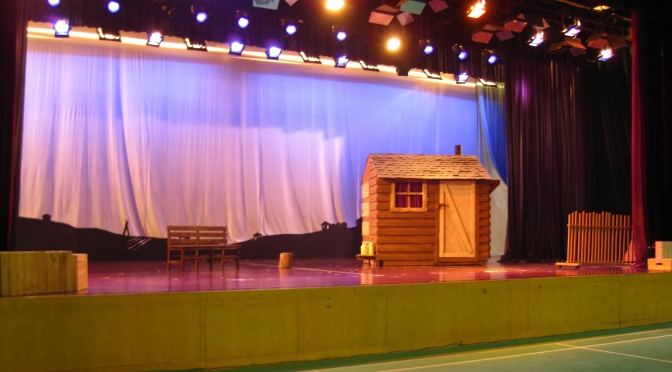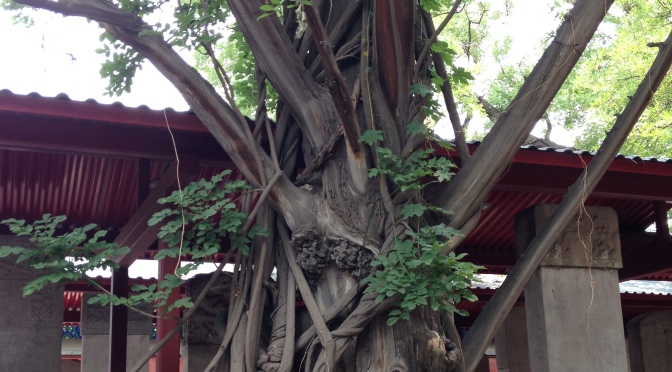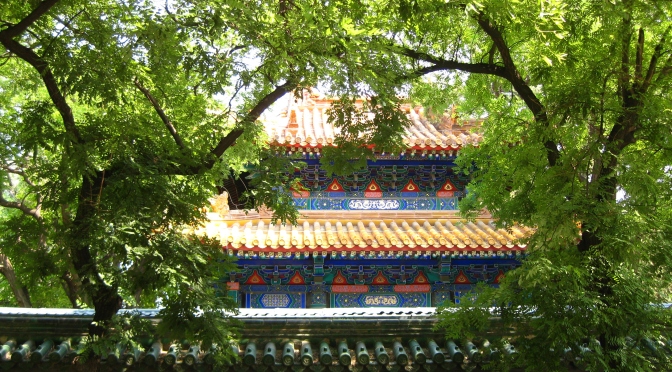Months ago I downloaded a PDF titled “Learn to Read Korean in 15 Minutes” and the flight to Seoul seemed like the perfect time to give it a read. It would be more accurate to say you can read the PDF in 15 minutes, but it’s actually a surprisingly simple alphabet to pick up. I spent the train ride to Sangsu-dong practicing reading by comparing the Korean and English names for each station as they were displayed on the electronic display.
Just learning to read it won’t take you too far of course, but it can still be very useful. Google Maps was only giving me the station names in Korean, so it was a big help for buying my tickets. I was also able to read English words written in Korean such as “Beer” or “Wine”. Important stuff like that.
With the help of free airport wifi and my new language abilities, I was easily able to navigate the transit system to the neighborhood that my cousin resides in but that is where my navigation skills became insufficient. It turns out that Korean addresses are very confusing. The address I received had no street name. Wandering around the neighborhood I could perceive no clear pattern to the numbering, and ended up far astray.
My confusion stemmed from the lack of a grid system. A major road will have 20+ smaller streets in the area awith the same name appended with a number. The layout somewhat resembles half of a disorganized spider web. Most addresses are located on roads that would more aptly resemble alleyways, and some have no name at all. Houses are identified with their house number and neighborhood, but house numbers are assigned based on which buildings were built first. The official looking sign on his apartment wasn’t even the address – rather the numbers were scratched by the gate in pen. Even Koreans use the popular search app Naver to find their destinations.
I walked about fifteen minutes off target with my bags before settling in at a cafe to message my cousin on Facebook to let him know I was lost. After killing the hours until he returned from his teaching job, I met up with him at Sangsu station. Only to have him lead me exactly to the spot that Google had pinpointed in the first place.
